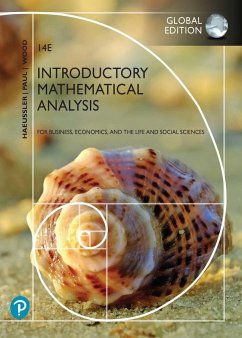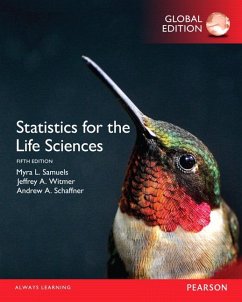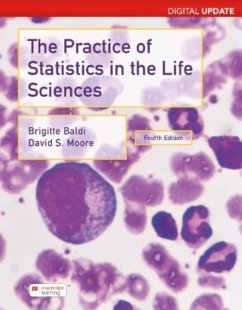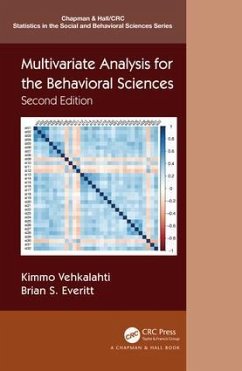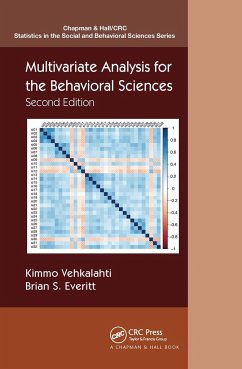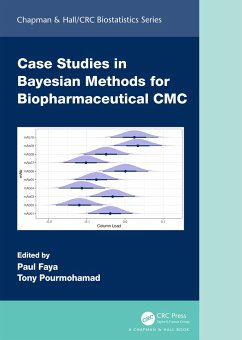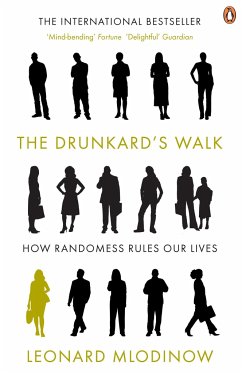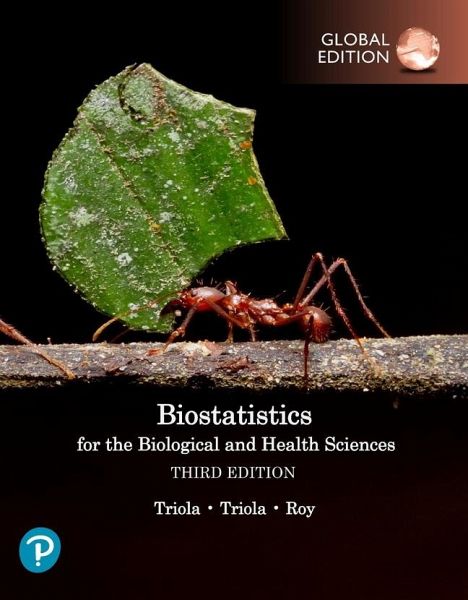
Biostatistics for the Biological and Health Sciences, Global Edition

PAYBACK Punkte
56 °P sammeln!
Biostatistics for the Biological and Health Sciences brings statistical theories and methods to life with real applications, emphasis on real data, and a friendly writing style. It suits a variety of students in their first statistics course and uses minimal algebra. Abundant examples and emphasis on real data help you develop skills in critical thinking, technology and communication. This collaboration from 2 biological sciences experts and the author of the #1 statistics book is an excellent introduction that is also highly readable, understandable and relevant. The 3rd Edition incorporates ...
Biostatistics for the Biological and Health Sciences brings statistical theories and methods to life with real applications, emphasis on real data, and a friendly writing style. It suits a variety of students in their first statistics course and uses minimal algebra. Abundant examples and emphasis on real data help you develop skills in critical thinking, technology and communication. This collaboration from 2 biological sciences experts and the author of the #1 statistics book is an excellent introduction that is also highly readable, understandable and relevant. The 3rd Edition incorporates the latest methods used by professional statisticians. It offers a wealth of new data sets, examples, and exercises (such as those involving clinical trials, COVID-19, biometrics, and anthropometrics) and includes features that address all recommendations included in the Guidelines for Assessment and Instruction in Statistics Education (GAISE) as recommended by the American Statistical Association.
Dieser Artikel kann nur an eine deutsche Lieferadresse ausgeliefert werden.




